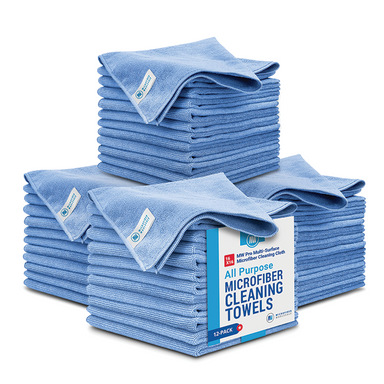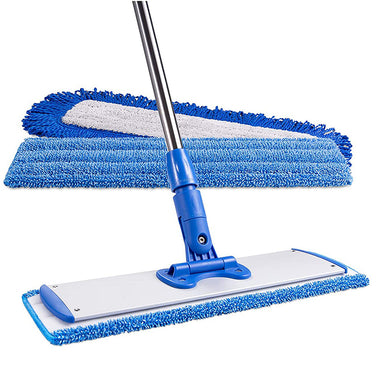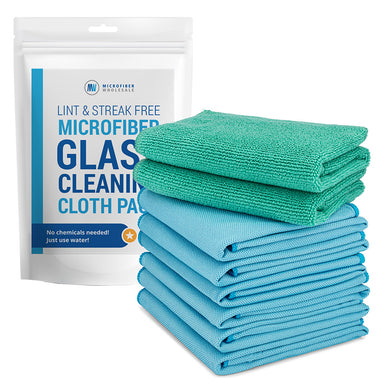Step-by-Step: Cleaning Pet Hair and Dander Like a Pro
Step 1: Start High and Work Down
Always begin at the top of the room to keep from undoing your hard work. Ceiling fans, light fixtures, shelving, and window treatments are prime spots for fur and dander to collect, and as soon as you disturb them, that debris will settle on lower surfaces.
Use an extendable microfiber duster to trap loose hair and dander instead of just moving it around. Work systematically around the room so no high surface is missed.
Once these areas are clean, gravity will help pull any remaining floating particles down to where you can vacuum and wipe them up later.
Step 2: Upholstery & Soft Surfaces
Pet hair clings tightly to fabric, so start by loosening it before vacuuming. A rubber brush or upholstery rake works well to bring hidden fur to the surface.
Then, use a vacuum with strong suction and a motorized upholstery attachment, preferably one with a HEPA filter to trap fine particles. Pay special attention to seams, tufting, and under cushions where fur accumulates most.
For stubborn or static-charged hair, lightly mist a clean microfiber cloth with water and use it to wipe across the fabric; the moisture helps grab hairs that even vacuums can miss. Always finish by fluffing and brushing the fibers for a clean, polished look.
Step 3: Controlling and Removing Pet Dander
Unlike pet hair, dander is microscopic and lightweight, meaning it floats and spreads everywhere. Dry dusting only redistributes it, so opt for damp cleaning methods.
Use a slightly damp microfiber cloth on hard surfaces, such as tables, baseboards, and even walls, to capture these fine particles rather than push them into the air. A HEPA vacuum should be run across every surface, including vents and drapes, to collect dander thoroughly.
If you have the option, run an air purifier during and after cleaning to reduce airborne allergens, giving the home a fresher, cleaner feel long after you leave.
Step 4: Eliminating Pet Odors
Pet odors tend to linger because the source molecules embed into fabrics, carpets, and even subfloors. Masking the smell with fragrances won’t solve the problem, it must be neutralized at the source.
Use enzyme-based sprays or cleaners that break down the organic compounds in pet urine and oils, permanently removing the odor. For soft surfaces like carpets, area rugs, and upholstery, follow up with steam cleaning or hot-water extraction to pull out residues.
Always allow ample drying time and improve airflow to prevent mustiness from developing after cleaning. For particularly stubborn odors, repeat enzyme treatment after deep cleaning and consider recommending professional odor-neutralizing treatments to your clients.

















